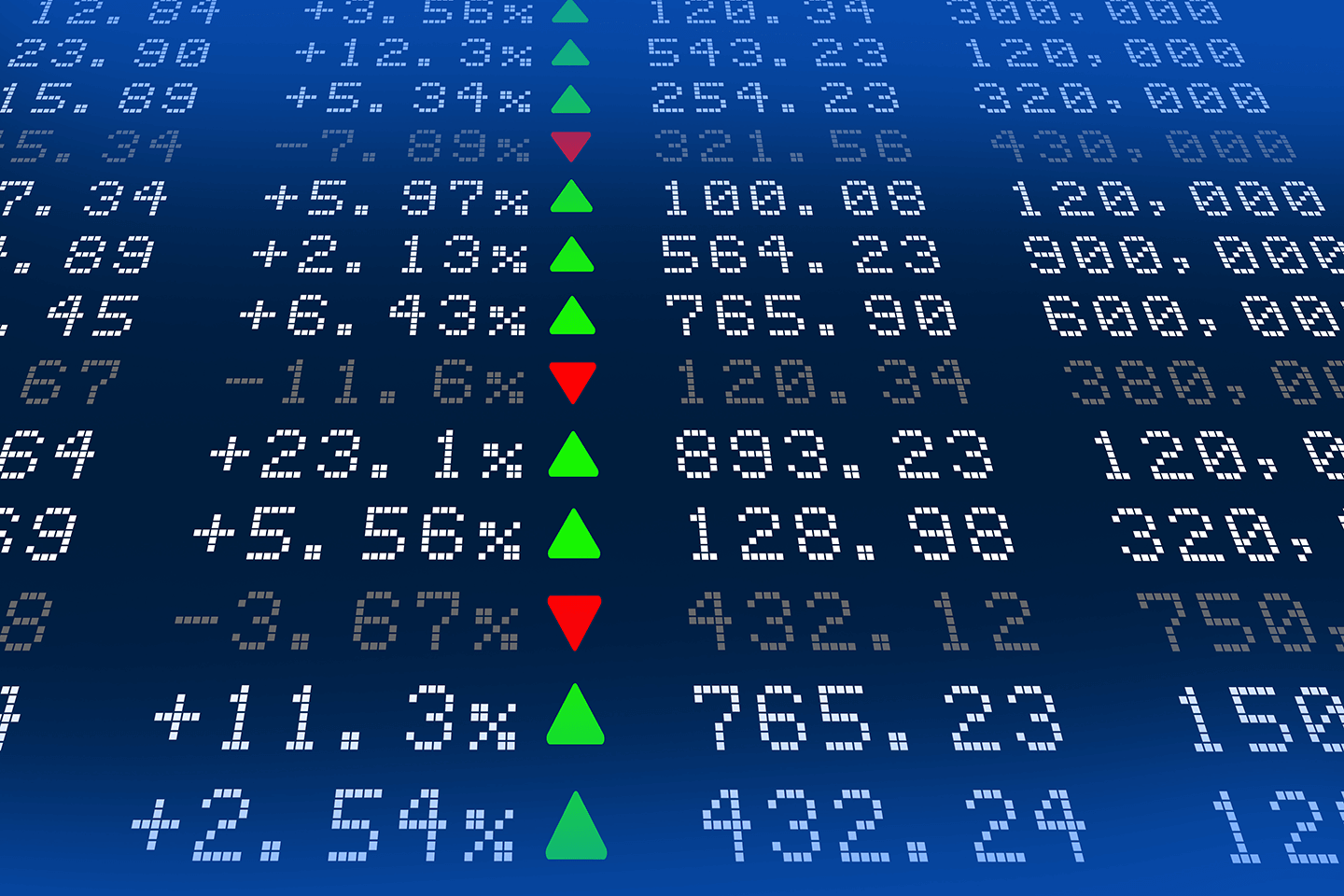
Why the S&P 500 is the best proxy for the US stock market
Why the S&P 500 and not the Dow Industrials, the NASDAQ or some other index?
How are they different?
In most of the blogs on our website, we refer to the S&P 500 as representative of the US stock market. But on the business news channels, the Dow Jones Industrial Average and the NASDAQ are frequently mentioned too. Why do we focus on the S&P 500 and why does it matter?
The Dow Jones Industrial Average, the NASDAQ and the S&P 500 each represent a different grouping of stocks. The Dow Jones Industrial Average (DJIA) was started by two men in the 1896 who wanted to keep track of a group of stocks rather than just individual companies to better measure how the overall market was doing.
Charles Dow and Edward Jones were the first ones to popularize the concept of an index. Today the DJIA consists of 30 of the largest stocks in the US and has the longest history of any US index. However, with only thirty very large stocks, it is considered by institutional investors to be too narrowly focused and not the best reflection of the overall stock market.
The NASDAQ isn’t an index at all but is an exchange where stocks are traded, similar to the New York Stock Exchange (NYSE). NASDAQ stands for National Association of Securities Dealers Automated Quotations and it was originally created as an alternative to the NYSE for smaller companies to begin trading.
Technology's Impact
Historically, smaller companies started as publicly traded stocks on the NASDAQ before they became large enough to move to the bigger, and more prestigious NYSE. When stocks were traded by humans rather than computers, having access to the larger New York Stock Exchange mattered. This changed when technology companies in the 1990s decided to keep their listings on the smaller exchange rather than pay higher listing fees for moving to the NYSE. The rise of electronic trading made the decision about where the stock was listed irrelevant.
Today the NASDAQ has a high concentration of technology companies trading on their exchange. Technology stocks are more volatile than most other industries like utilities or banks, so it is popular with the business media for the excitement. When stocks don’t move much, it makes for a boring news cycle. The innovation and wealth boom and busts related to technology stocks makes for more interesting stories.
What the S&P 500 Represents
This brings us to the S&P 500. The Standard & Poor’s company wanted to create a grouping of stocks that reflected the overall US stock market better than the Dow Jones Industrial Average. Rather than take only thirty large stocks, S&P created a list of criteria to screen stocks on size, profitability, trading liquidity, and the company must have its headquarters in the US. They also wanted to be sure to include a diverse mix of industries to better reflect the broader economy.
Today the S&P 500 includes stocks from eleven different economic sectors and includes all major industries. The weighting of the individual companies in the index is based on the market capitalization of the stock. The weighting changes daily based on the price, but the actual companies that are included in the S&P500 only change if they merge with another company, or if the stock’s market capitalization falls below a size threshold. Usually fewer than ten companies change every year so there is stability in the index over time.
It has become the most popular US stock market benchmark for institutional investors and academic researchers because of its stability, its representation of the overall market, its history, and its transparency of construction.
Most importantly, we also like it because it tracks some of the most successful companies in the world, and we expect that the most successful companies should provide the best investment returns over multiple business cycles.
Current Economic Sector Breakdown of the S&P 500:
|
Sector |
% of total* |
# of stocks |
Sample of industries and companies |
|
Technology |
20% |
68 |
Software, Semiconductors, i.e. Google, Apple |
|
Health Care |
15% |
62 |
Pharmaceuticals, Hospitals |
|
Financials |
14% |
68 |
Banks, Insurance, Credit Cards |
|
Consumer Discretionary |
10% |
64 |
Autos, Retail, Housing, Restaurants |
|
Communication Services |
10% |
22 |
Telecom companies, i.e. Verizon, AT&T |
|
Industrials |
10% |
69 |
Defense, Agri-business, Manufacturers |
|
Consumer Staples |
7% |
33 |
CVS, Grocery Stores, i.e. General Mills, P&G |
|
Energy |
6% |
30 |
Oil Companies, Refineries, Pipelines |
|
Utilities |
3% |
27 |
Electric Companies |
|
Real Estate |
3% |
32 |
Real Estate Investment Trusts |
|
Materials |
3% |
25 |
Mining, Chemicals |
|
S&P 500 |
|
500 |
|
Source: Thomson Reuters; Archer Bay Capital LLC
*Breakdown by market capitalization, not by number of companies in the list



